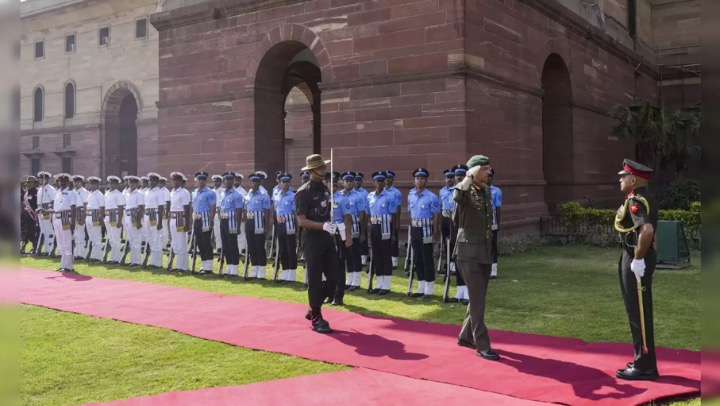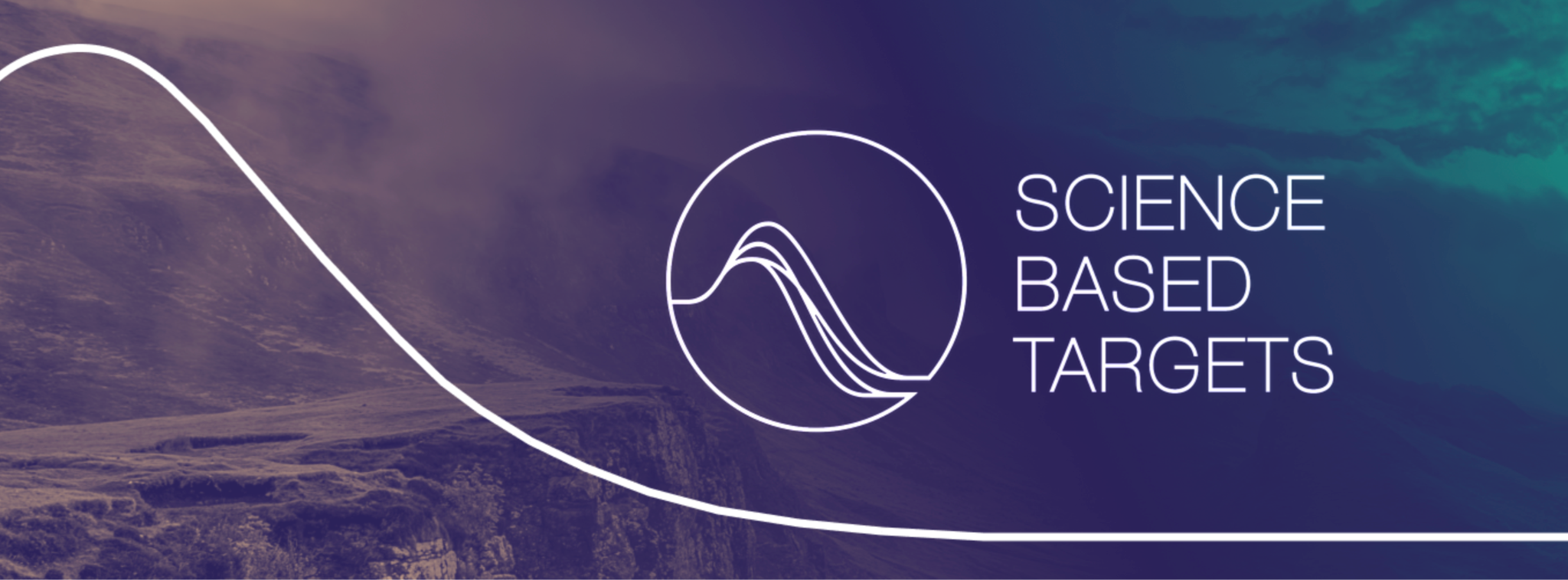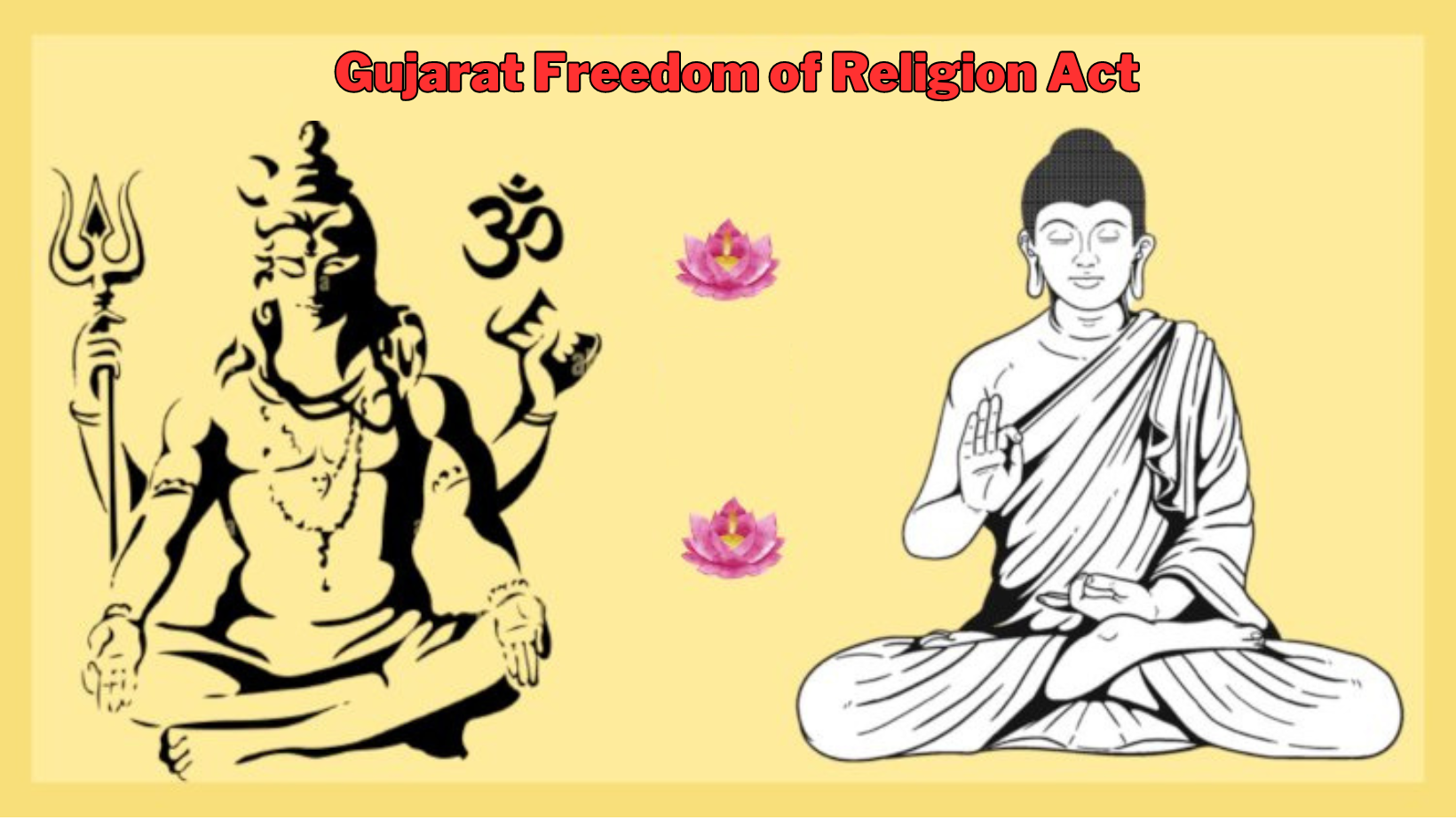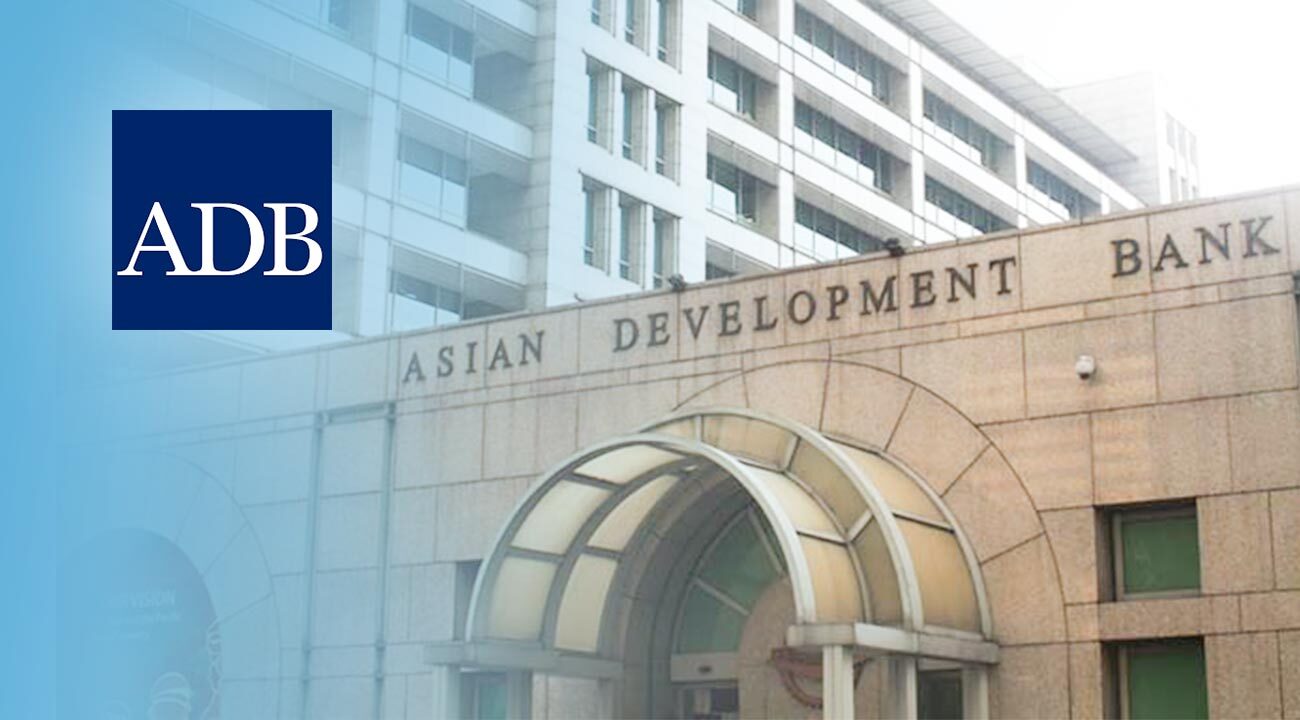GRB 221009A - Gamma-ray Bursts (GRBs)

- 13 Apr 2024
Why is it in the News?
Northwestern University recently confirmed that the brightest gamma-ray burst ever recorded, GRB 221009A, was caused by the collapse and explosion of a massive star.
About GRB 221009A:
- GRB 221009A, also known as Swift J1913.1+1946, is the brightest gamma-ray burst ever detected, estimated to be ten times brighter than the previous record holder.
- The burst itself lasted around seven minutes, but its effects were observable for over ten hours.
- GRB 221009A originated from a galaxy estimated to be 2.4 billion light-years away, yet it was powerful enough to influence Earth's atmosphere.
- This exceptionally bright burst emitted across a vast range of the electromagnetic spectrum, providing a unique opportunity for scientists to study this rare phenomenon in detail.
- The cause of the burst is attributed to the collapse of a massive star, but scientists are still investigating why it was so much brighter than other gamma-ray bursts.
What are Gamma-ray Bursts?
- Gamma-ray bursts (GRBs) are the most powerful explosions in the universe.
- These brief flashes of high-energy light result from some of the universe's most explosive events, including the birth of black holes and collisions between neutron stars.
- Lasting a few milliseconds to several minutes, GRBs can be hundreds of times brighter than an average supernova, making them as luminous as a million trillion suns.
- Thus, when a GRB erupts, it briefly becomes the brightest source of electromagnetic radiation in the observable universe.
- Gamma Ray Bursts are difficult to study because they are so short-lived.
- They were first detected by the Vela satellites, which were designed to detect nuclear tests during the Cold War.
- It was only years after their detection that they were declassified.
- The location of gamma-ray bursts within their host galaxy and their surrounding environment informs us as to the formation and evolution of the progenitor system, providing insight into stellar evolution and star formation across the age of the universe.
What causes a gamma-ray burst?
- The cause of a gamma-ray burst depends on how long it lasts.
- GRBs that last less than two seconds are caused by the merger of two neutron stars or the merger of a neutron star and a black hole.
- Longer GRBs, which can last hours, are triggered when a massive star collapses and births a black hole.
- In both cases, GRBs result from jets of particles accelerated to around 99.9% of the speed of light.
How powerful are gamma-ray bursts?
- In just a few seconds, a gamma-ray burst can emit as much energy as the sun will put out over its entire 9 billion-year lifetime
Do gamma-ray bursts happen in the Milky Way?
- GRBs seem to be most closely associated with galaxies that are in the midst of intense star formation, a period that our galaxy seems to have matured out of 2 billion to 3 billion years ago.
- However, the Milky Way is filled with the supernova remnants that mark the deaths of massive stars, indicating that our galaxy was once home to GRBs.
Defence Attaché (DA)

- 13 Apr 2024
Why is it in the News?
As India expands its presence in defense diplomacy and plans to deploy Defense Attachés to Indian missions in Africa, Armenia, and the Philippines, experts and experienced diplomats advise against simply "rationalizing" their numbers.
What’s a Defense Attaché?
- According to the Geneva Centre for the Democratic Control of Armed Forces (DCAF), a defence attaché is a member of the armed forces serving at an embassy as a “representative of his/her country’s defence establishment abroad and in this capacity enjoys the diplomatic status and immunity.
- The defence attaché’s work usually concerns bilateral military and defence relations.
- Some countries send attachés for security issues, such as migration or matters relating to police and justice.
- The defence attachés are also responsible for facilitating communication and cooperation between their home nation’s armed forces and the host country’s military.
- They act as military and/or security advisors to their country’s ambassador and embassy staff.
- They can also promote their home nation’s military weapons industry.
- Defence attachés collect and examine military intelligence, facilitate military cooperation pacts, and give an evaluation of security issues to their home country’s government.
- They also act as a link between diplomats and the military.
India to Send Defence Attachés to New Countries:
- India has started dispatching defence attachés to many new countries, while reportedly downsizing the military personnel at its missions in some other nations.
- 15-16 new attaches from the Indian Navy, the Indian Air Force (IAF), and the Indian Army are being posted to Poland, the Philippines, Armenia, and the African countries of Tanzania, Mozambique, Djibouti, Ethiopia, and Ivory Coast.
- In the next phase, 10 entirely new defence wings will be created in different countries, with a particular focus on nations to which arms can be exported.
Why the Other Countries Matter?
- India dispatching a defense attaché to Poland, which is a part of the European Union (EU) and has emerged as an important security partner in Europe in recent years, is also significant.
- The EU posted a military attaché to its mission in India for the first time last year. India’s move to do the same in Poland is “reflective of the desire to expand two-way defence ties.
- Armenia has become a major exporter of India’s arms.
- India has already inked deals with the Asian country for Pinaka rockets, Akash missiles, ammunition, and multi-barrel rocket launchers, with some of them coming amid Armenia’s clash with Azerbaijan over Nagorno-Karabakh.
- Armenia has shown interest in expanding its defence ties with India.
- China’s military assertiveness in the South China Sea has prompted India to grow military ties with ASEAN countries.
- India’s decision to send defence attachés for the first time to the Philippines comes in the wake of the sale of Indian arms to Manila.
- India signed a $375 million deal with the Philippines in 2022 to supply three batteries of the BrahMos missile and will soon start the delivery of the missiles to the Southeast Asian country.
Science Based Targets Initiative (SBTi)

- 13 Apr 2024
Why is it in the News?
A contentious recent decision by the Science Based Targets Initiative (SBTi), permitting carbon offsetting for Scope 3 emissions of businesses with SBTi-based climate targets, has stirred controversy and skepticism.
About Science Based Targets Initiative (SBTi):
- The Science-based Targets Initiative (SBTi) is a global movement launched post the 2015 Paris Climate Agreement to mobilize companies in combating climate change.
- SBTi supports businesses in their decarbonization projects, ensuring compatibility with limiting global temperature rise to 1.5C° and achieving carbon neutrality by 2050.
- Backed by a scientific method, SBTi verifies company objectives are aligned with COP21 goals.
- SBTi was initiated by four international organizations:
- United Nations Global Compact (UNGC)
- World Wildlife Fund (WWF)
- Carbon Disclosure Project (CDP)
- World Resource Institute (WRI)
- The primary objective of SBTi is to guide businesses in setting greenhouse gas (GHG) emission reduction targets that align with the Paris Agreement, are scientifically valid, and contribute significantly to reducing global emissions.
To determine a 1.5C° trajectory compatibility, SBTi uses science-based targets that account for the following factors:
-
- A carbon budget focused on achieving the 1.5C° global warming limit.
- GHG emission scenarios from the IPCC or the IEA.
- Emission allocation method: emission intensity reduction, absolute emission reduction, or emission intensity convergence toward a sector-specific reference level
- Through this methodology, companies can establish clear and science-based GHG reduction targets, effectively contributing to global emission reduction efforts.
SBTi's Net Zero objective:
- In October 2021, SBTi introduced its "Net Zero" benchmark, challenging committed companies to achieve long-term reduction targets up to carbon neutrality.
The Net Zero goal builds upon the initial SBT approach and focuses on four essential components:
-
- Short-term targets: To align with the 1.5°C objective, companies must set targets for reducing their total emissions (Scopes 1, 2, and 3) within a maximum of 5 to 10 years.
- Long-term objectives: Alongside short-term targets, Net Zero requires companies to define long-term goals compatible with limiting global warming to 1.5°C and achieve them by 2050 (or 2040 for the energy sector).
- Carbon finance for short-term contributions: Companies are encouraged to invest in external carbon sequestration or avoidance projects by purchasing carbon credits, complementing their GHG reduction efforts. SBTi prioritizes sequestered emissions over avoided emissions, considering the latter's carbon credits less reliable.
- Neutralization: As the final stage in reaching carbon neutrality, companies must minimize residual emissions and then offset them through carbon sequestration actions.
- The SBTi movement has rapidly gained international recognition for its rigor, reliability, and the credibility of the people behind it.
- Several thousand companies of all sizes have rapidly adopted the scientific approach it promotes. To date, nearly 6,800 companies worldwide have signed up to the SBTi.
Gujarat Freedom of Religion Act

- 13 Apr 2024
Why is it in the News?
The Gujarat government recently clarified that Buddhism and Hinduism must be considered as two separate religions for religious conversions in the state.
Why did the Gujarat Government Issue the Circular?
- The Gujarat government issued the circular to address an issue regarding the application process for converting from Hinduism to Buddhism.
- The circular, issued by the Home Department highlights that the proper procedures outlined in the Gujarat Freedom of Religion Act (GFR Act) are not being followed.
- The circular points out that some offices are rejecting these conversion applications, arguing that under Article 25(2) of the Constitution, Sikhism, Jainism, and Buddhism are considered part of Hinduism.
- Therefore, applicants are told they don't need permission for religious conversion.
- This interpretation refers to Article 25, which guarantees religious freedom.
- Article 25(2)(b) allows laws for social welfare or reform for Hindus, which includes Sikhs, Jains, and Buddhists.
- Notably, the circular contrasts with a proposed 2006 amendment to the GFR Act, which suggested considering Jainism and Buddhism as part of Hinduism.
- However, the circular clarifies that, according to the GFR Act, Buddhism must be seen as a separate religion.
How does the GFR Act Govern Religious Conversions in Gujarat?
- The Gujarat Freedom of Religion Act (GFR Act) controls how people change their religion in Gujarat.
- According to the state government, this law aims to stop religious conversion by offering rewards, using force, lying, or tricking people.
- One part of the law, Section 3, makes it a crime to force or persuade someone to change their religion, whether by using force, offering rewards, trickery, or arranging marriages.
- Another part, Section 3A, added in 2021, lets anyone who feels harmed or their relatives report these crimes to the police.
- People who break Section 3 can be sent to jail for up to three years and fined up to Rs 50,000.
- If the person affected is a woman, a child, or from certain communities, the punishment is harsher – up to four years in jail and a fine of Rs 1 lakh.
- For a religious conversion to be legal, Section 5 says the person leading the ceremony must get permission from the District Magistrate beforehand.
- And the person who changes their religion must tell the District Magistrate afterward.
- Not doing this can result in a one-year jail term or a fine of up to Rs 1,000.
- In 2021, the GFR Act was changed to include more rules.
- It now makes it a crime to change religion through marriage (Section 4A) and says marriages are void if one person converts before or after getting married (Section 4B).
- It also punishes people involved in organizations that unlawfully convert others (Section 4C). The accused now have to prove that the conversion was legal (Section 6A).
Asian Development Bank (ADB)

- 13 Apr 2024
Why is it in the News?
The Asian Development Bank (ADB) recently raised its forecast for India’s GDP growth in the current fiscal year ending on March 31, 2025, to 7%, from 6.7% earlier, citing robust public and private investment as well as expectations of a gradual improvement in consumer demand as the rural economy recovers.
What is the Asian Development Bank?
- The Asian Development Bank (ADB) is a global development finance agency whose aim is to help developing member countries in reducing poverty and improving people’s quality of life.
- It came into existence in 1966 and it is headquartered in Manila, Philippines.
- It aids in pushing social and economic development by providing loans, technical assistance, grants, and equity investments.
- ADB is owned and financed by its 68 members, 49 of whom are from the Asia-Pacific region.
- ADB’s key partners are governments, the commercial sector, non-government organizations, development agencies, community-based groups, and foundations.
- ADB will follow three complementing strategic agendas: inclusive growth, ecologically sustainable growth, and regional integration, as outlined in Strategy 2020, a long-term strategic framework approved in 2008.
- The major objective of the Asian Development Bank is to ensure market prosperity and enhance collaboration among Asia-Pacific countries.
- The ADB oversees significant projects within the region and sometimes raises funding through international bond markets.
- To promote development, the Asian Development Bank provides grants, loans, technical support, and equity investments to its developing member nations, the private sector, and public-private partnerships.
- They also use co-financing activities to supply support while tapping official, commercial, and export finance sources.
- Members and associate members of the international organization Economic Commission for Asia and the Far East are eligible to affix the ADB.
- Other regional and non-regional developed countries that are members of the United Nations or any of its specialized agencies are eligible.
Who Controls the Asian Development Bank?
- The ADB is run by a board of governors, which represents the member countries of the ADB.
- As of 2022, ADB's five largest shareholders are Japan and the United States (each with 15.6% of total shares), the People's Republic of China (6.4%), India (6.3%), and Australia (5.8%).
Funding Sources:
- The ADB sustains its operations through various channels, including member contributions, earnings from lending activities, and the repayment of loans.
